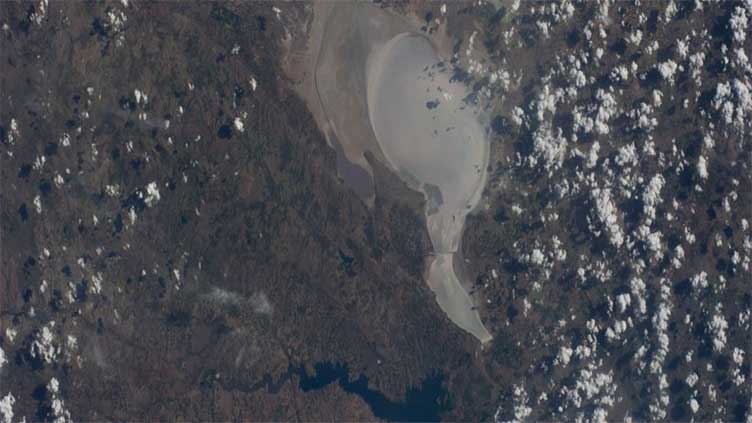Strange discovery finds Earth's crust 'dripping' into the planet's belly

Technology
Earth's crust is slowly dripping deeper into the planetary interior
(Web Desk) - Crinkles and divots in the surface of Earth on Türkiye's Central Anatolian Plateau are the smoking gun for a newly discovered class of plate tectonics.
Beneath a depression called the Konya Basin, Earth's crust is slowly dripping deeper into the planetary interior, a process that is gradually shaping the surface geology of not just the basin, but the plateau that surrounds it.
It's called lithospheric dripping, a phenomenon that has only recently been discovered here on Earth, and geologists are still figuring out the different ways it manifests.
"Looking at the satellite data, we observed a circular feature at the Konya Basin where the crust is subsiding or the basin is deepening," says geophysicist Julia Andersen of the University of Toronto.
"This prompted us to look at other geophysical data beneath the surface where we saw a seismic anomaly in the upper mantle and a thickened crust, telling us there is high-density material there and indicating a likely mantle lithospheric drip."
We have a pretty good idea of how it works. When the lower portion of Earth's rocky crust is heated to a certain temperature, it starts to go a little gooey. Then, like honey or syrup, it slowly oozes downward – a bit like a pitch drop experiment, but much bigger and slower.
As this drop descends, it pulls the planetary crust down with it. This creates a depression, or basin. Then, when the drop detaches into the mantle, the surface rebounds, bulging upwards, with a widespread effect.
We only began to understand this process a short time ago, but modeling its evolution has already allowed Andersen and her colleagues to identify one region of the mantle where dripping has taken place, at the Arizaro Basin under the Central Andes.
Now, careful analysis of surface geology and laboratory experiments has led them to another oozy drip under the Central Anatolian Plateau – and the signpost was the Konya Basin.
The Central Anatolian Plateau is known to be uplifting over time. Previous research suggests that it has gained around a kilometer (0.6 miles) in altitude over the past 10 million years thanks to the release of a crusty drip.
But then there's the Konya Basin, which is subsiding downwards at a rate of around 20 millimeters (0.8 inches) per year. That doesn't sound like much, but a sinking patch of ground in a region that is rising upwards warrants further investigation.
The team's findings suggest that the broader region of the plateau is in the throes of the rebound phase of the lithospheric drip process, after having dropped its gooey molten load into the mantle. The Konya Basin? That's a smaller, second drip forming.
"As the lithosphere thickened and dripped below the region, it formed a basin at the surface that later sprang up when the weight below broke off and sank into the deeper depths of the mantle," says Earth scientist Russell Pysklywec of the University of Toronto.



